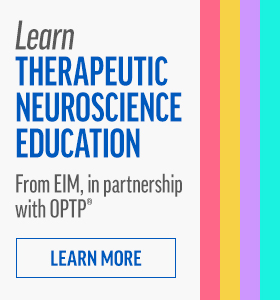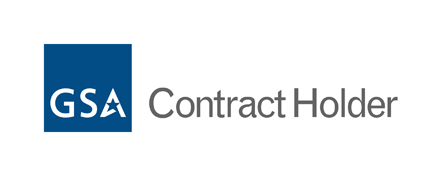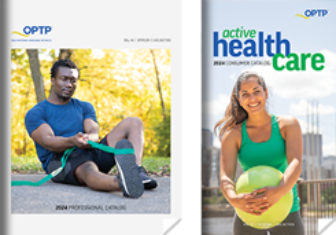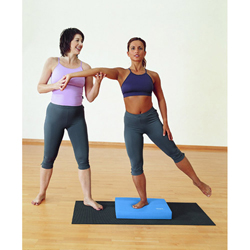Pain is normal – living in pain is not. Chronic pain is commonly due to an extra-sensitive nervous system and how the brain processes information from the nerves. Understanding more about the neuroscience of pain has been shown to allow patients to hurt less, exercise more and regain control of their lives. Why Do I Hurt?® teaches patients the science of pain in approachable language with metaphors, examples and images.
Author
- Adriaan Louw, PT, PhD.
Product Details
| ISBN-13: | 978-1-942798-35-4 |
| Publication Date: | 02/18/2013 |
| Publisher: | OPTP® |
| Pages: | 56 |
| Type: | Softcover |
| Illustrated: | YES |
| Dimensions: | 8.5″H x 5.75″W x 0.25″D |
eBook Version
Want an eBook version? Choose the ePub format in the dropdown menu at the top of the page. Please review our eBook FAQ below, before purchase to ensure compatibility.
- What are the system requirements?
- Desktop/laptop computer: Adobe Digital Editions is a free software required to view our eBooks on Windows or Mac OSX. Please ensure your computer is compatible by checking here. You can download the most recent version of ADE here.
Mobile device/tablet: Our eBooks are also viewable on iOS and Android devices. If you are viewing on a mobile device, you will need the free Adobe Digital Editions app. Not compatible with Android OS 13 or later. - Are your eBooks compatible with my particular device?
- Our eBooks are delivered in PDF or EPUB format and are compatible with readers that can use Adobe Digital Editions. Please refer to your device's user manual to verify compatibility.
- Can I use my eBook on multiple devices?
- Our eBooks can only be licensed to a single device, so please follow the download instructions carefully to ensure a successful download to the single device of your choice.
- Are your eBooks copy-protected?
- Yes, we use Adobe Content Servers for DRM to copy-protect our PDFs and EPUBs.
- Can I print my eBook?
- Currently, printing of eBooks is not permitted. This also applies to our physical books, which cannot be scanned and reprinted.
- I need additional technical support, who should I contact?
- Please send an email to our eBook support team; ebooks@optp.com. In your email, please include the following:
- The device, specific operating system you are using, and viewing application (desktop/tablet, Windows/Mac, Android/iOS, Adobe Digital Editions/DL Reader, etc.)
- An detailed explanation of the issues you are encountering
- Your phone number so that we are able to call you if needed
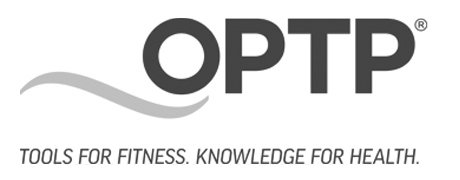




 Understanding, Evaluating, and Treating Pain for the PT and PTA Student
Understanding, Evaluating, and Treating Pain for the PT and PTA Student
 Why Do I Hurt? Workbook
Why Do I Hurt? Workbook
 Everyone Has Back Pain
Everyone Has Back Pain
 Why Are My Nerves So Sensitive?
Why Are My Nerves So Sensitive?
 Your Headache Isn't All In Your Head
Your Headache Isn't All In Your Head
 Why Pelvic Pain Hurts
Why Pelvic Pain Hurts
 Your Fibromyalgia Workbook
Your Fibromyalgia Workbook
 Your Nerves Are Having a Knee Replacement
Your Nerves Are Having a Knee Replacement
 Your Nerves Are Having Back Surgery
Your Nerves Are Having Back Surgery
 Whiplash An Alarming Message From Your Nerves
Whiplash An Alarming Message From Your Nerves
 Why You Hurt: Pain Neuroscience Education System
Why You Hurt: Pain Neuroscience Education System
 Pain Neuroscience Posters
Pain Neuroscience Posters
 Pain Neuroscience Education: Teaching People About Pain
Pain Neuroscience Education: Teaching People About Pain
